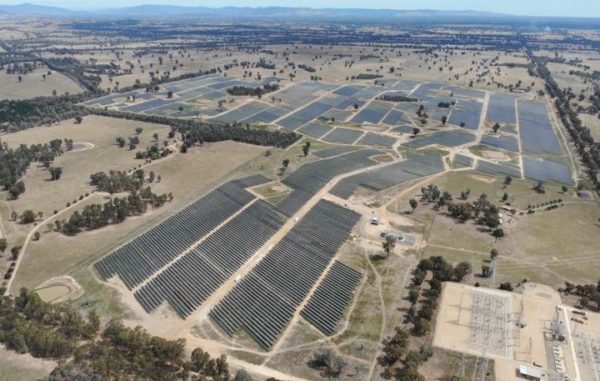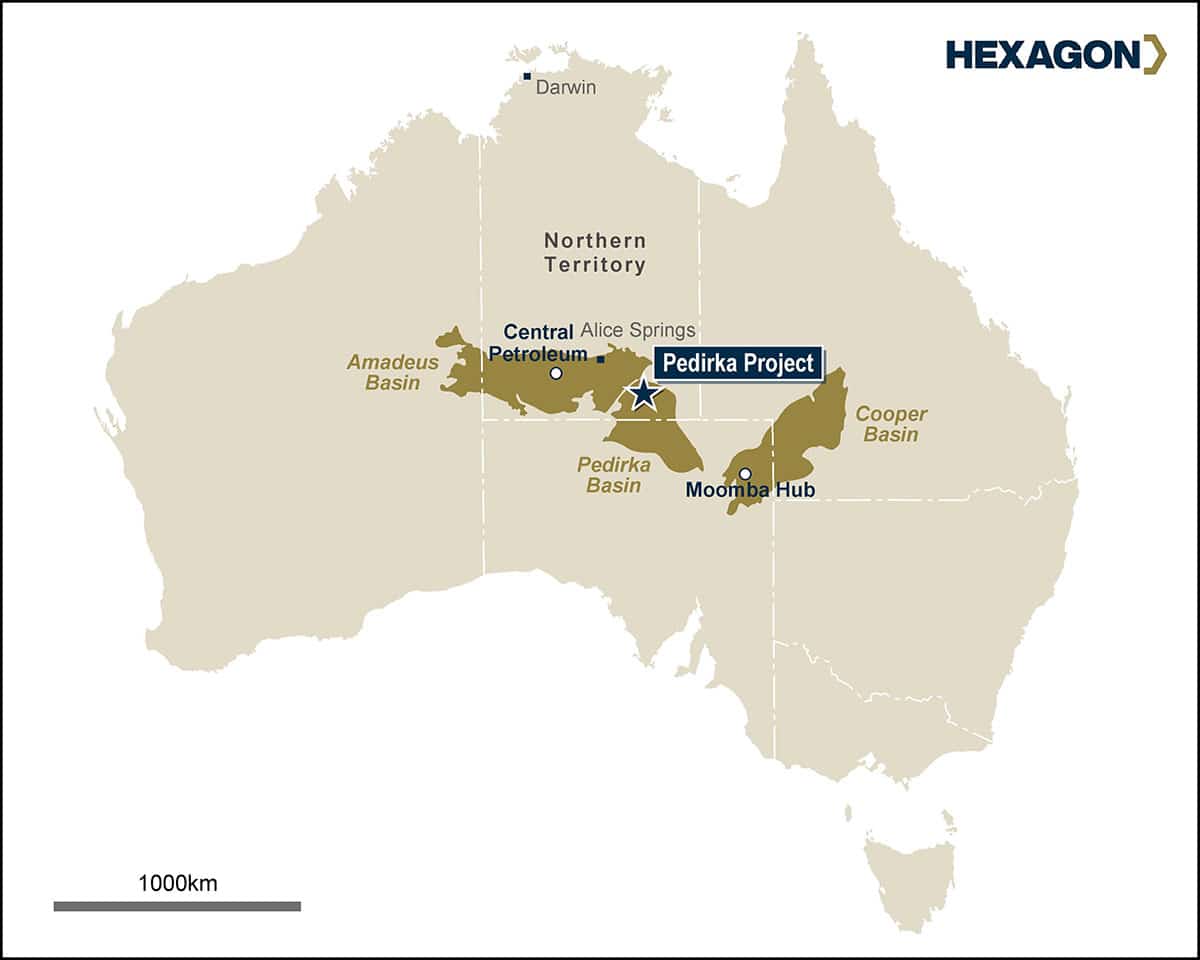Australia-based exploration company Hexagon Energy Materials Limited on Monday announced it had signed a non-binding Memorandum of Understanding (MoU) with renewable developer FRV Australia. The agreement will see the two companies look into collaborating on a potential “clean hydrogen” hub at Middle Arm, south of Darwin in the Northern Territory (NT).
The pair will also look into potential hydrogen hubs elsewhere in Australia, though such plans appear vague.
Hydrogen hopes in the sunny NT
According to the Australian Stock Exchange (ASX) announcement Hexegon put out about the news, both it and FRV Australia are already progressing individual hydrogen or renewable energy projects near Middle Arm, Darwin. Both the companies’ projects are fully funded in terms of pre-feasibility studies, though FRV Australia has also secured funding the construction stage of its hydrogen and renewable energy project. That being said, there doesn’t appear to be much information publicly available about this project at all.
In the statement, it is noted that FRV Australia is currently looking into developing the 29 MW Berrimah Solar Farm in the NT where installation of an electrolyser is under assessment. It’s possible this is the project being referred to above, though the connection isn’t clear.

Image: FRV
Hexagon’s NT hydrogen plans are, on the other hand, more clear. It is hoping to develop a project formerly called the Pedirka Project, which would produce blue hydrogen to be exported as ammonia, meaning the hydrogen would be made with fossil fuels – specifically in this case gasification – with the emissions “captured” through somewhat questionable Carbon Capture and Storage (CSS) technologies.
The project is targeting production of up to 1.6 million tonnes per annum of ammonia or 300,000 tonnes of hydrogen equivalent annually. Hexagon is currently in the final stages of a pre-feasibility study on the project, which is scheduled for completion by the end of February 2022.
Hexagon says its collaboration with FRV Australia could provide it with access to FRV Australia’s mix of renewable energy products to supply the power required for its proposed hydrogen/ammonia production plant. “This would see less CO2 generated from Hexagon’s blue hydrogen production facilities, requiring less CCS, therefore lowering overall production costs for Hexagon’s projects,” its statement read. Notably, the company seems to have ruled out moving production from gasification to electrolysis, which would allow the hydrogen produced to be classified as green or renewable.
FRV Australia
To date, FRV Australia has developed nine large-scale solar farms in Australia, largely in New South Wales and Queensland, which combined sell around 781 MW of electricity into Australia’s National Electricity Market annually.
FRV Australia is 51% “indirectly owned” by Fotowatio Renewable Ventures (FRV), which is itself owned by Saudi Arabia’s Abdul Latif Jameel Energy. The other 49% is owned by Omers, a Canadian pension fund.
Hexagon Energy
In addition to its NT Hydrogen and Western Australian Hydrogen projects (presumably what it is calling the North Western Australian Hydrogen Hub), Hexagon holds “highly prospective assets” including the McIntosh Nickel-Copper, PGE Graphite Project and the Halls Creek Gold and Base Metals Project.
This content is protected by copyright and may not be reused. If you want to cooperate with us and would like to reuse some of our content, please contact: editors@pv-magazine.com.









By submitting this form you agree to pv magazine using your data for the purposes of publishing your comment.
Your personal data will only be disclosed or otherwise transmitted to third parties for the purposes of spam filtering or if this is necessary for technical maintenance of the website. Any other transfer to third parties will not take place unless this is justified on the basis of applicable data protection regulations or if pv magazine is legally obliged to do so.
You may revoke this consent at any time with effect for the future, in which case your personal data will be deleted immediately. Otherwise, your data will be deleted if pv magazine has processed your request or the purpose of data storage is fulfilled.
Further information on data privacy can be found in our Data Protection Policy.